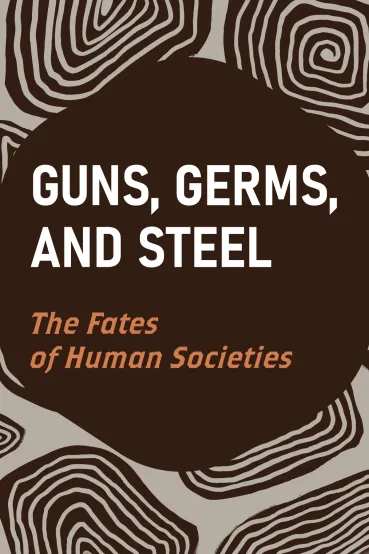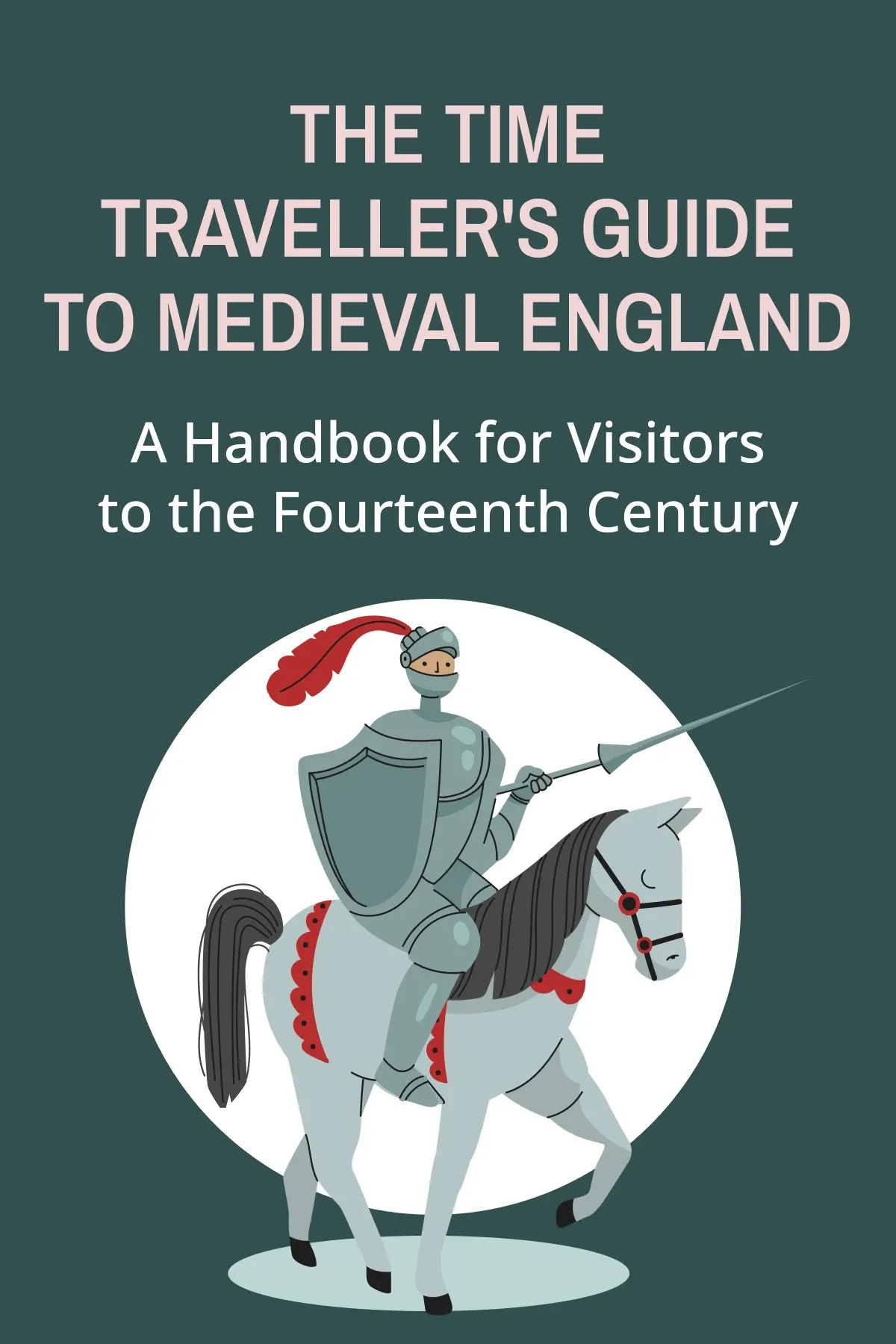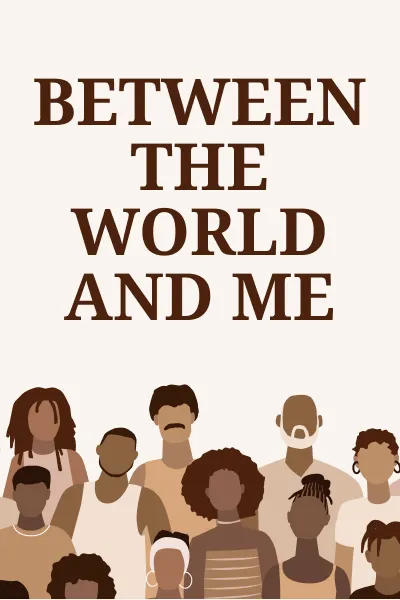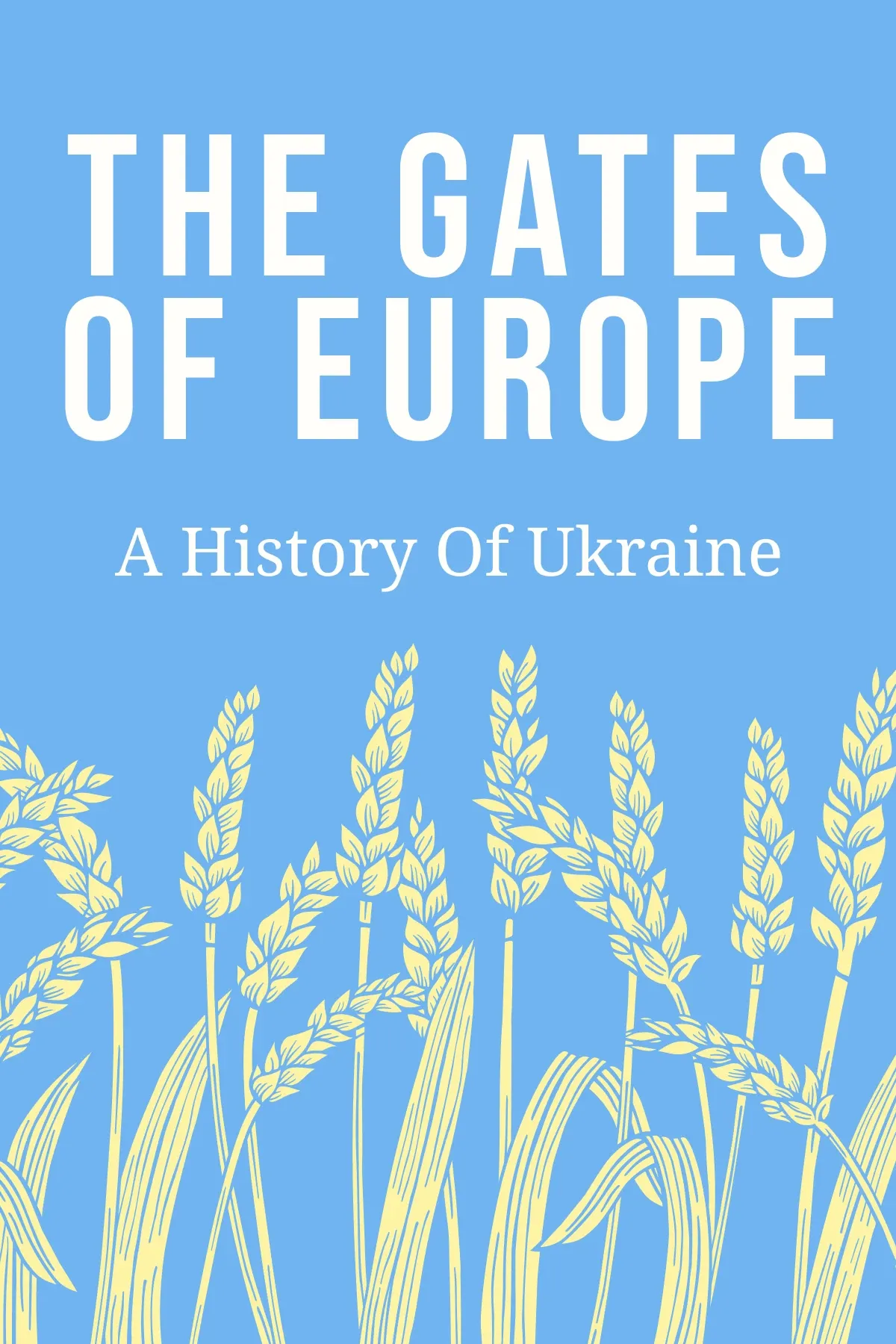
Guns, Germs, and Steel
Brief Summary
“Guns, Germs, and Steel: The Fates of Human Societies” by Jared Diamond analyzes the progress of various civilizations in the world. The author explains why Western European culture has become dominant over others. Through the chain of events and explanations, you will understand why history and modernity are in this state and not in any other.
Key points
Key idea 1 of 9
We live in a modern world where every corner of the planet is unique in its history. Uniqueness manifests itself not only in territorial differences and nature. It appears in people, their mental abilities, and their physical condition. Have you ever wondered why the world has evolved the way everyone knows it and not differently?
Societies developed differently on different continents. The reason is due to differences in continental environments, not human biology. Advanced technologies, centralized political organization, and other features of complex societies could only emerge in settled populations. Populations depended on the rise of agriculture, which began around 8500 BCE. However, the domesticated wild plants and animal species needed for agriculture were distributed unevenly across the continents.
Only nine small regions of the Earth have the most valuable domesticated wild species. These include Southwest Asia, China, Mesoamerica, Andes and Amazonia, Eastern United States, Sahel, Tropical West Africa, Ethiopia, and New Guinea. Thus, they became the oldest cradles of agriculture. The indigenous inhabitants of these territories at the time gained an advantage in developing tools, microbes, and steel. The languages and genes of the inhabitants of these ancestral homelands became dominant in the ancient and modern world. But why did these territories later lose their dominant developmental power? You'll find out in the following sections.
You may also like these summaries











